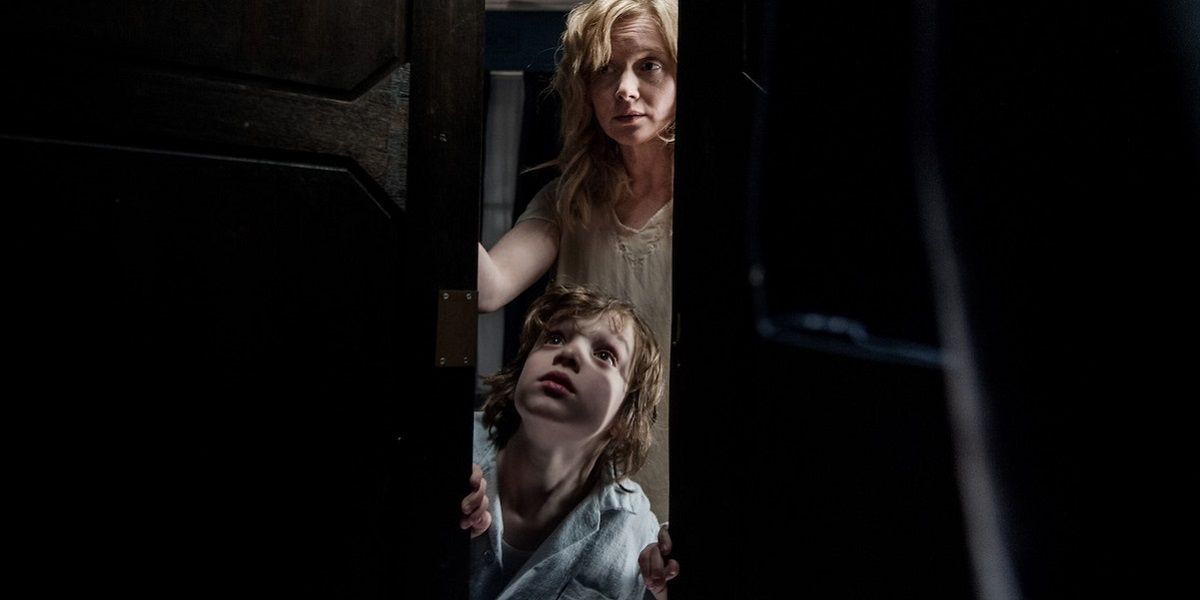
The Babadook and its memorable monster served as a powerful debut feature for Australian director, Jennifer Kent. Dripping with allegories and deeper meaning, the film explores some of the darker aspects of motherhood, loss, grief, and how mental illness can create monsters all on its own.
In The Babadook, Amelia (Essie Davis) is a single mother who is raising her young son, Samuel (Noah Wiseman) after her husband's untimely death. As she struggles to take care of her family's finances and their home, her son finds a mysterious book titled 'Mister Babadook' on the front porch, and allows it to become his newest obsession. Samuel is already not an easy child to care for, but the storybook and its monstrous main character cause his fragile young psyche to fracture, forcing him into bouts of insomnia and madness when he becomes convinced Mister Babadook is real and will come for him. As Samuel prepares for a fight with his fictional foe, Amelia finds herself falling into a deep depression. She withdraws from the world around her, pushing away from family and friends and isolating herself and Samuel.
Eventually, the strange events that continue to happen at home find Amelia harboring increasing amounts of resentment toward her son, who she seems to blame for his father's death without reason. Their tenuous relationship, despite her displaying a protective mother's ferocity, seems to fuel the beast who has taken up residence in their home. The film plays out very much like a traditional supernatural haunting movie, where mother and son must work together to overcome an evil entity in their midst. However, The Babadook's ending has sparked a fair amount of discussion from fans and critics alike when it takes a sharp turn away from genre films of a similar nature. It begs the question: what, exactly, is Mister Babadook?

"If it's in a word or in a look, you can't get rid of The Babadook." This haunting line from the story Sam finds explains the monster's deeper meaning: depression. Since Amelia's husband died in a car crash while he was transporting her to the hospital during labor, she hasn't been able to reconcile many of her emotions surrounding her grief and resentment of being unexpectedly plunged into single motherhood. Horror commonly explores themes of mental illness and trauma and connects one's personal, inner demons with physical ones for cinematic scares. Films like Black Swan and Jacob's Ladder were brilliant at depicting a slow descent into madness or conditions like PTSD, and The Babadook stands among them as an entry into how well horror can be used as a backdrop for deeper psychological issues.

Since The Babadook is a figure to represent Amelia's unchallenged grief and depression, what does that say about the ending? After her final confrontation with the Babadook, Amelia locks him in the basement. As the story says, you can't get rid of him, so she and Sam instead are forced to allow him to take up residence in their home; she brings him earthworms to eat, tending to his basic needs as she repairs her relationship with her son. This is a commentary on how people who struggle with mental illness - especially depression - are often have to live with their inner demons and hardships by trying to keep them at bay instead of extinguishing them once and for all.
from ScreenRant - Feed https://ift.tt/2Xla5eo

0 comments:
Post a Comment